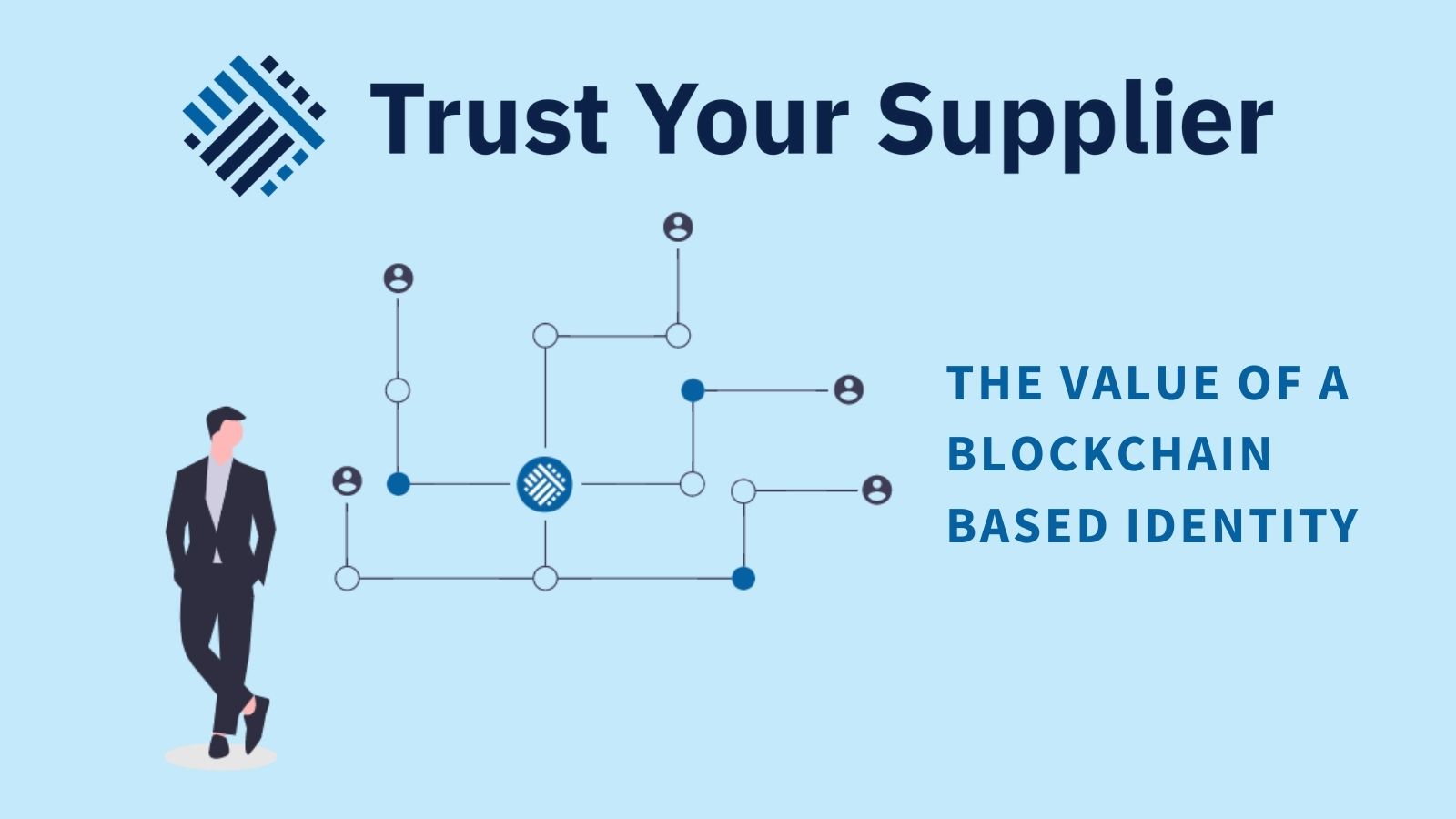In the bustling corridors of Trust Your Supplier, amidst the whirlwind of innovation and collaboration, there exists a guiding light, a beacon of inspiration known as April Harrison. Hailing from the heartland of North Carolina, April graces our midst as the Director of Communications and Marketing, a role she embodies with unparalleled grace and unwavering dedication.
With two precious souls to call her own and a devoted husband by her side, April weaves the tapestry of her life with threads of love, warmth, and boundless compassion. As the caretaker of Trust Your Supplier, she wears many hats with effortless elegance—a shining example of friendship, intellect, and unwavering commitment.
April’s inquisitive mind and insatiable curiosity are the hallmarks of her character, guiding her on a journey of continuous growth and self-discovery. A mastermind of managing multiple tasks, she navigates the complexities of her role with poise and precision, her arms extending to envelop all those who seek solace and support in her embrace.
Within the walls of Trust Your Supplier, April’s presence is akin to a gentle breeze on a warm summer’s day—a comforting reminder that no one walks alone. She nurtures her TYS family with the tender care of a devoted mother, ensuring that each member feels valued, heard, and empowered to thrive.
Despite the challenges that have tested her resolve, April’s indomitable spirit shines brightly, illuminating the darkest of days with her infectious humour, unwavering sensitivity, and unyielding grit. Through the trials and triumphs, she remains steadfast in her commitment to excellence, her enthusiasm undimmed by the trials of uncertainty.
Beyond the confines of her professional realm, April’s impact extends far and wide, touching the lives of all who are fortunate enough to cross her path. As a beacon of hope and inspiration, she leads by example, her weekly aerobics classes a testament to her unwavering dedication to community and connection.
April’s journey is a testament to the transformative power of hard work, perseverance, and adaptability. Thriving in an industry where she had no prior background experience, she fearlessly embraces the unknown, continually challenging herself to stay ahead of the curve and lead her team to new heights of success.
To our esteemed leader, confidante, and friend—April Harrison—we extend our deepest gratitude for the light you bring into our lives. Your unwavering commitment, boundless compassion, and unyielding determination inspire us all to reach for the stars and never settle for anything less than greatness.





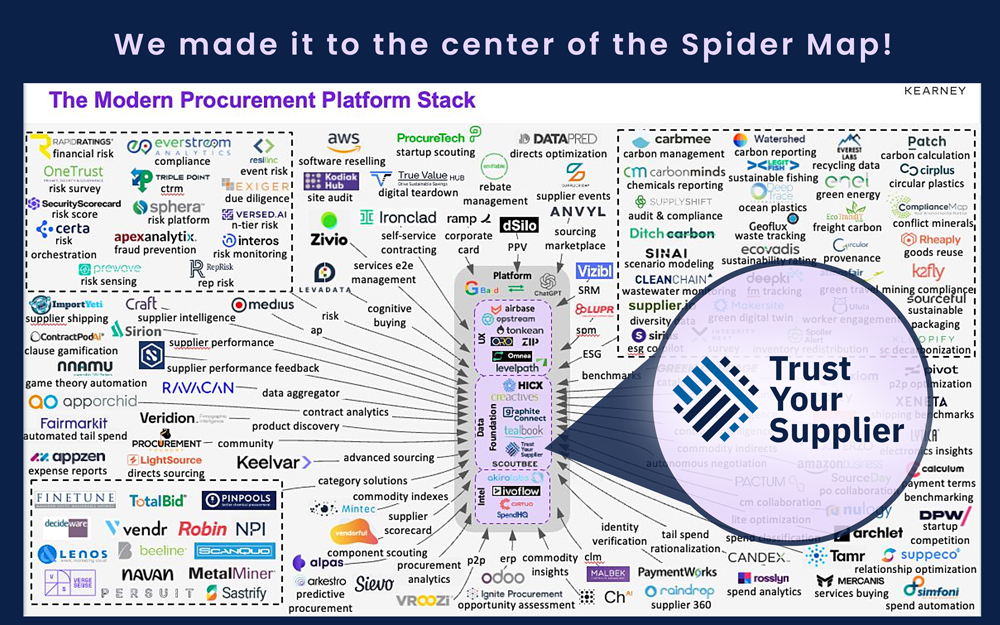
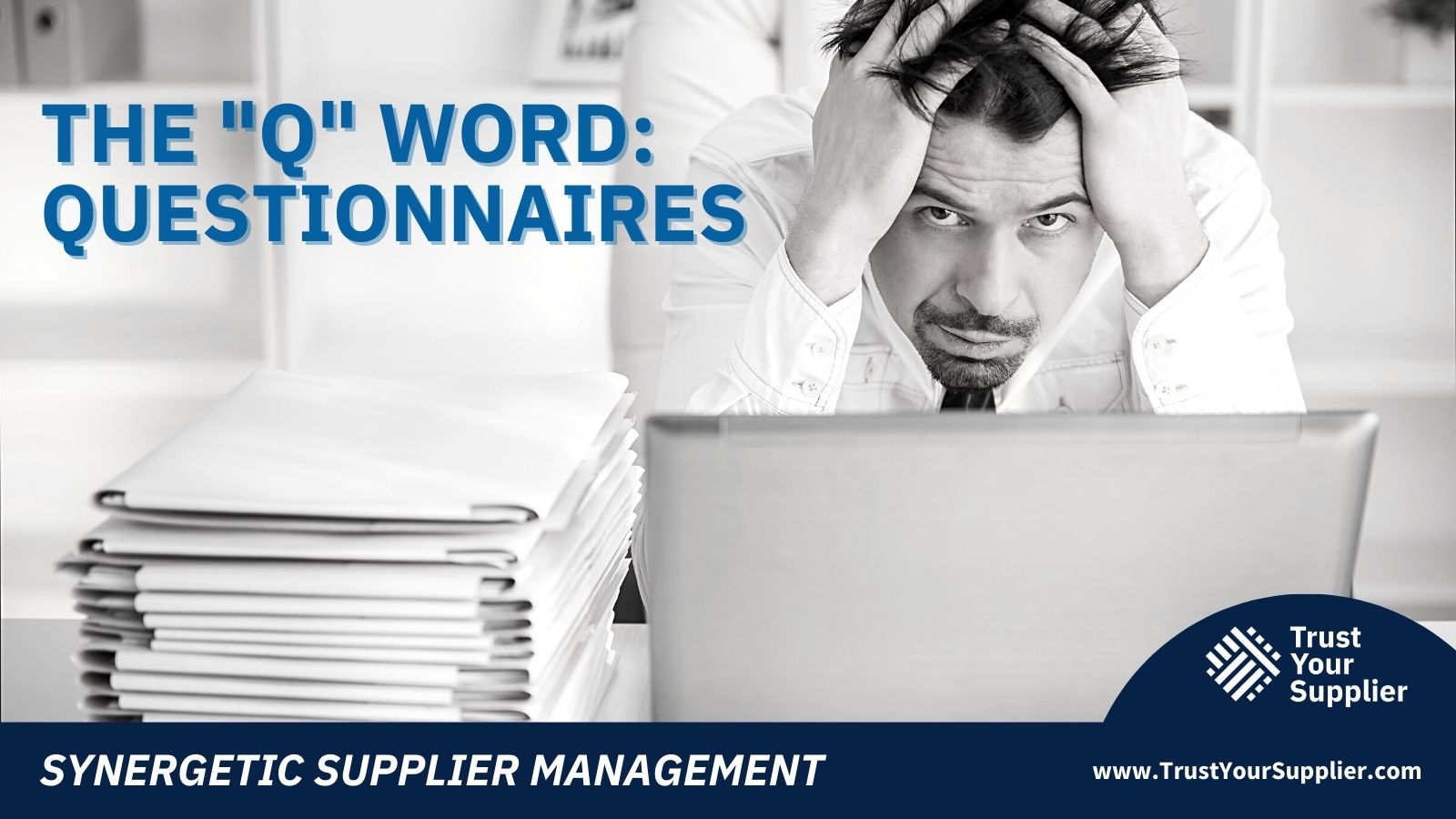


 These standardized questionnaires offer additional benefits to buyer teams. The TYS approvals workflow can be customized and automated with each questionnaire. Each answer can be “scored” based on your internal risk threshold. Any answer that does not align with your company’s preferred score will then be directed to the appropriate team role for further review and approval. This allows your team to focus on
These standardized questionnaires offer additional benefits to buyer teams. The TYS approvals workflow can be customized and automated with each questionnaire. Each answer can be “scored” based on your internal risk threshold. Any answer that does not align with your company’s preferred score will then be directed to the appropriate team role for further review and approval. This allows your team to focus on 
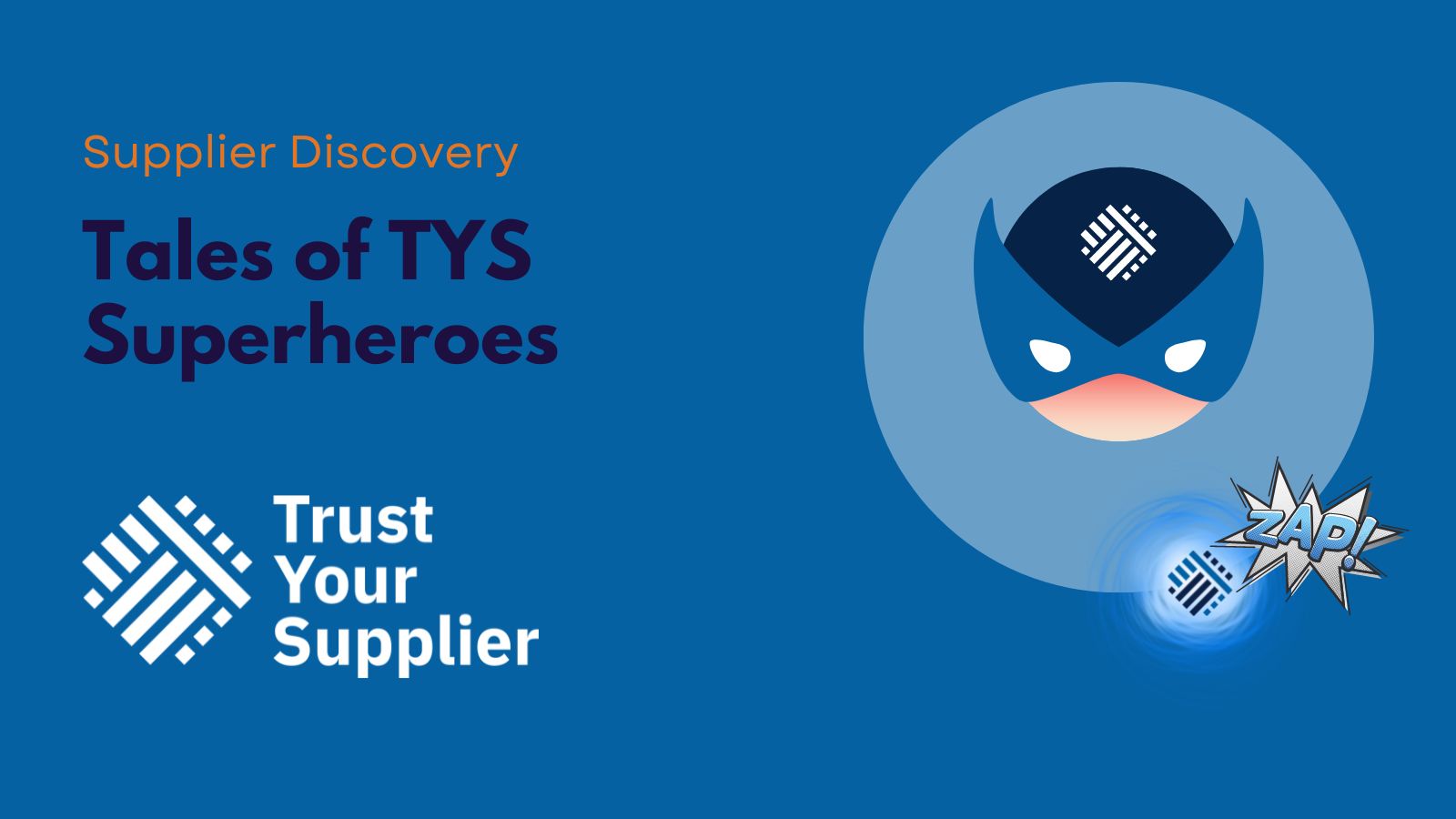
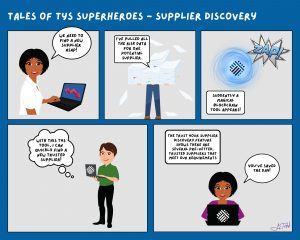
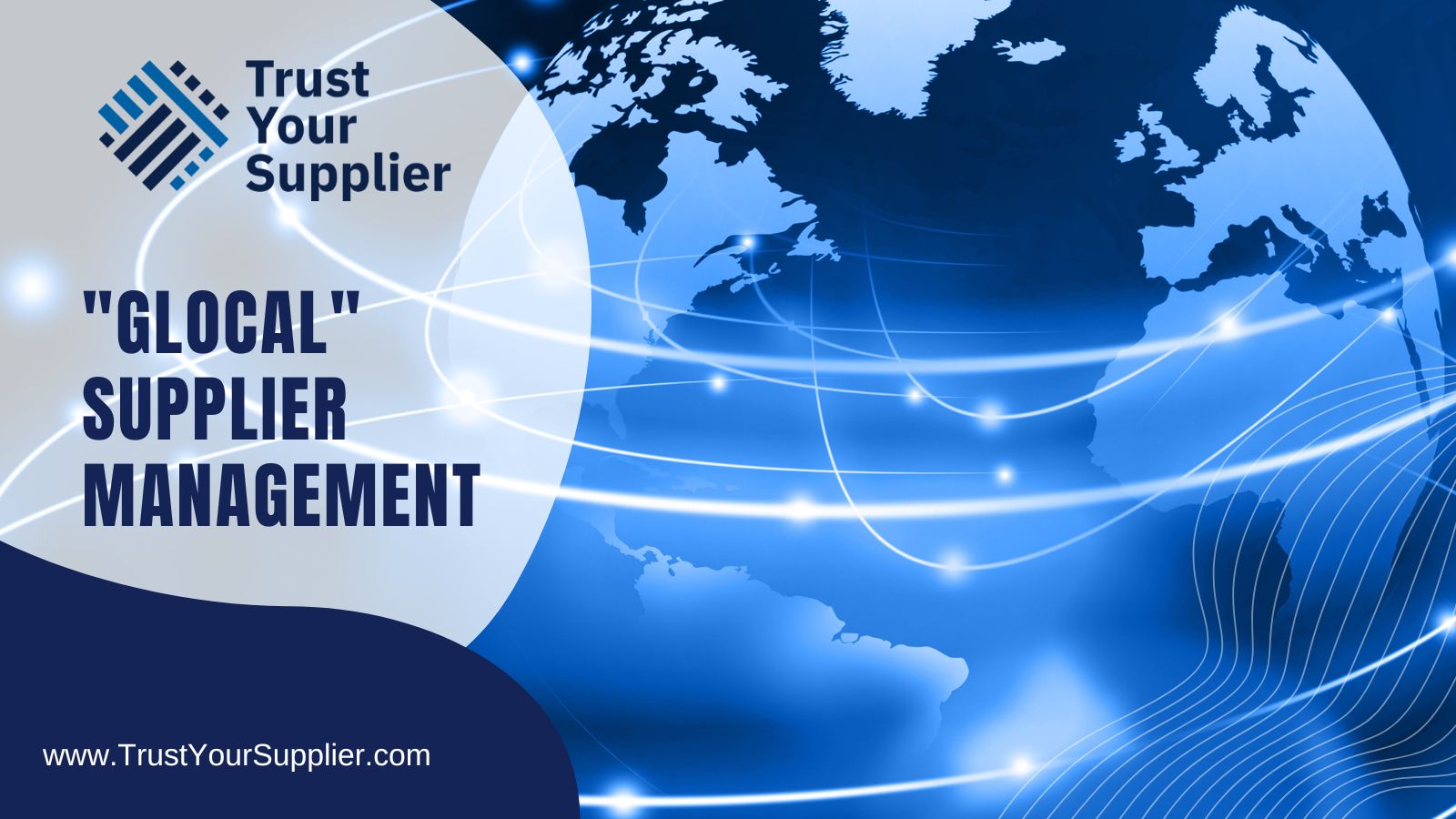
 compliance questionnaires. By collaborating across and within industries, these questionnaires were built to support
compliance questionnaires. By collaborating across and within industries, these questionnaires were built to support 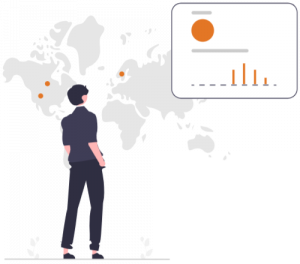 relevant questionnaires are required for that supplier. This strategy targets
relevant questionnaires are required for that supplier. This strategy targets 
